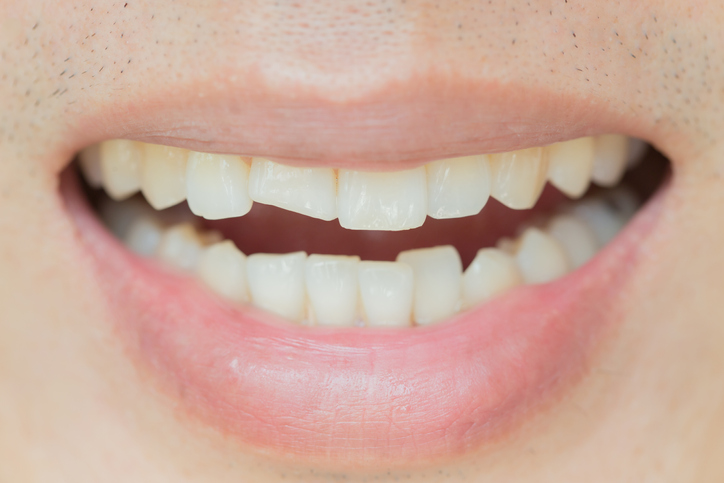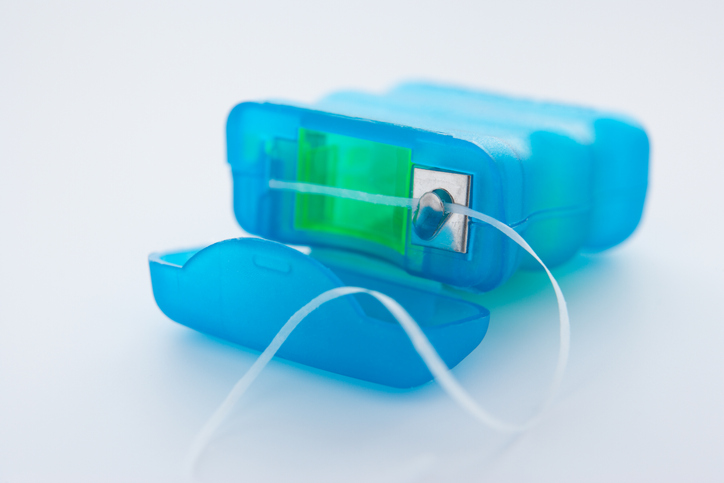
Porcelain veneers are a popular cosmetic dentistry treatment, thanks to the dramatic way they can change the appearance of your smile. However, like most treatments, there are pros and cons to consider before you decide if veneers are the right solution for you. Your dentist can help you weigh up the advantages and disadvantages as you choose the right cosmetic dentistry treatment to get the smile you want. Here is a closer look at the pros and cons of porcelain veneers.
Pro: Natural Appearance
Your dentist can make your veneers match the color, size, and shape of your natural teeth, so that once they are in place, they blend into your smile seamlessly. No one will know you have veneers unless you tell them, which is appealing to people who want to fix something about the appearance of their smile but who don’t want the change to be so dramatic that everyone can tell that they had work done.
Con: Tooth Reduction
To make space in your mouth for your veneers, your dentist will have to remove some of the surfaces of the teeth being treated. Although the reduction is minimal, it is permanent, so you will need veneers for the rest of your life. You may also experience some tooth sensitivity after getting veneers for this reason.
Pros: Durable
Porcelain veneers are extremely strong and long-lasting. They are resistant to stains, which means that they won’t become dull and yellowed over time. As long as you brush and floss twice a day and see your dentist for checkups regularly, your veneers should last at least 10 or 15 years, and in many cases, much longer. If you grind your teeth, your dentist may recommend that you wear a mouth guard when you sleep to prevent damage to your veneers.
The best way to know if porcelain veneers are right for you is to schedule a consultation at University Associates in Dentistry. Our dentists in Chicago offer a range of cosmetic treatments and can help you find the right solution for your needs. Make your appointment today by calling (312) 704-5511.





